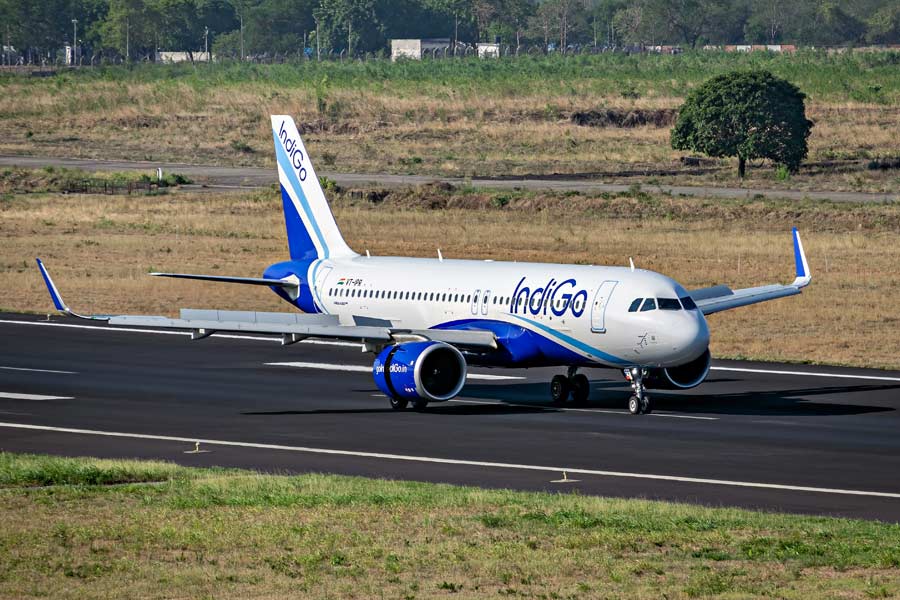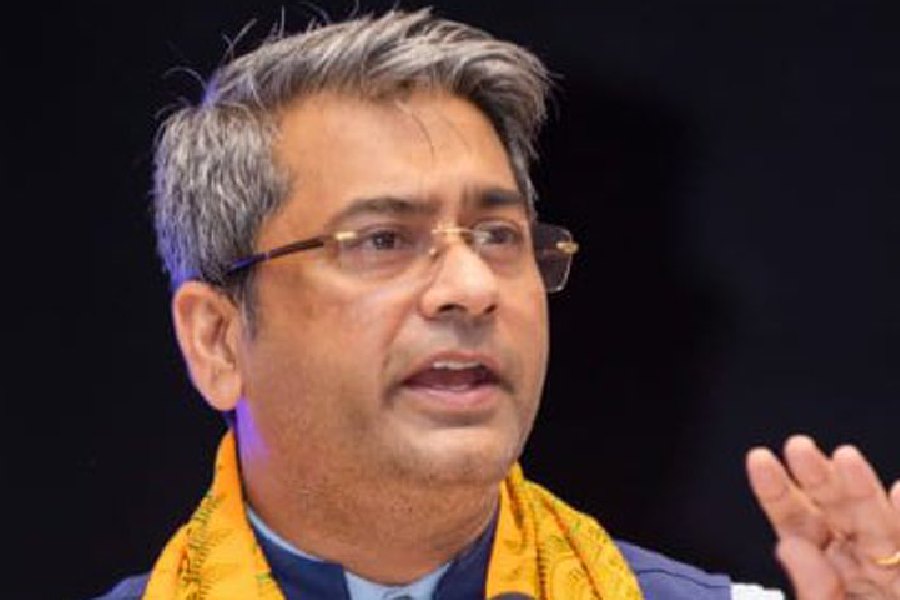 |
| Umiam lake |
The origin of Umiam lake, also known as Barapani, in 1965 because of the Umiam-Umtru Hydroelectric Power Project roughly coincides with the birth of Meghalaya in 1972. Hence, the lake as a reservoir is a symbol of pride and aspiration of people who attained independent statehood. Though located at a similar point in history, there now appears a visible disjuncture between a developing state and a dying lake.
Rapid urbanisation has transformed Umiam into a sink for Shillong’s waste and natural streams and rivers feeding the lake into open drains. Research by the Central Pollution Control Board confirms that the water in the rivers of Umkrah and Umshyrpi is contaminated with sewage. Such polluted river systems enter Umiam and alter its biological character.
According to pollution control board norms, Umiam is polluted and the water is unfit for domestic use.
The deterioration of Umiam lake and the two inflowing rivers, Umkhrah and Umshyrpi, is a symptom of a deeper malaise.
One of Meghalaya’s biggest assets is abundant rainfall, pegged at an astounding 12,000mm per year. However, this taken-for-granted fact doesn’t really translate into water security.
Cherrapunjee, now established as a “wet desert”, is a case in point. Shillong’s water security depends solely on how it manages its river basins and catchment areas. Telltale signs are ignored because of public apathy.
Shillong lacks a proper sanitation system. Though most households use on-site treatment such as septic tanks and soak pits, these are never constructed properly.
Households save costs by bypassing soak pit construction. The sewage water is allowed to gradually seep out from the walls of the septic tank. This seemingly harmless innovation has serious consequences on Shillong’s potable groundwater, which stands at a risk of being contaminated by nitrates.
Shillong generally lacks in quality groundwater because of the excessive presence of iron. Yet, the public health engineering department provides 7.4 per cent Shillong’s total domestic water supply from groundwater sources.
With the expected impact of climate change on monsoons, the reliability on surface water flow is not guaranteed. Groundwater may become Shillong’s lifeline for future generations, provided it is properly managed now.
The condition of surface water sources is worse. An approximate 2,025 million litres of sewage enters Umkhrah and Umshyrpi every year. A population of almost three lakh living next to the two rivers is the worst-hit.
As consumption increases in Shillong, so does the waste. An estimated total of 20 to 25 tonnes of solid waste finds its way into the rivers and streams everyday. This chokes the river system, raises its bed and causes flooding.
As water quality continues to deteriorate, the impacts are being felt across all classes. For 200 to 250 fishermen, the lake with approximately 19 species of fish is the only source of livelihood.
The tourism industry is perhaps the most vulnerable to market fluctuations and with deteriorating water quality and low water storage, investments in developing Umiam as a tourist destination may go down the drain.
It is said that water is a mirror of society. Shillong is the most celebrated city in the Northeast. Hence, if sustainable development flourishes anywhere in this region, it would be in Meghalaya and Shillong will be at the heart of such growth.
Will Shillong be able to take up this challenge?











